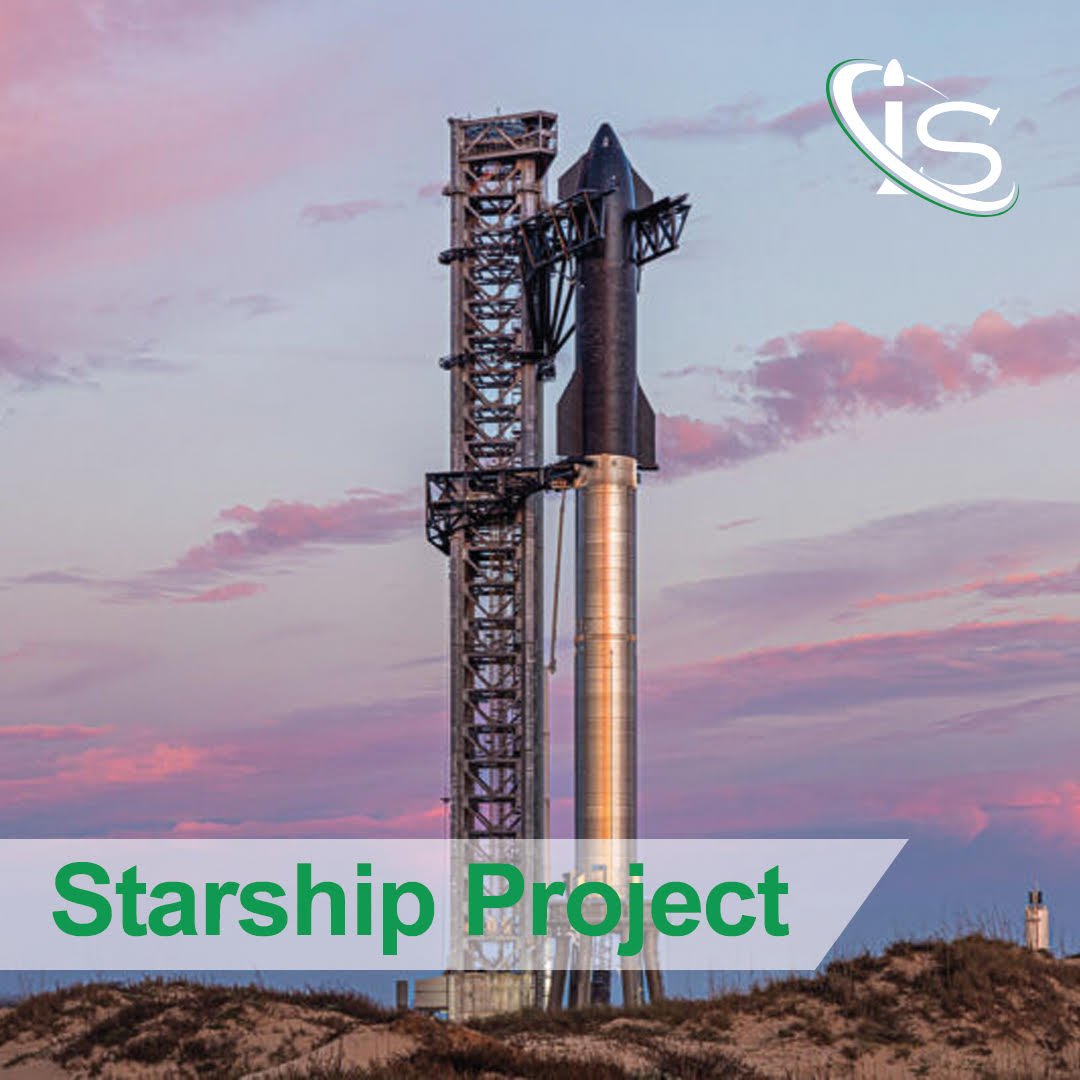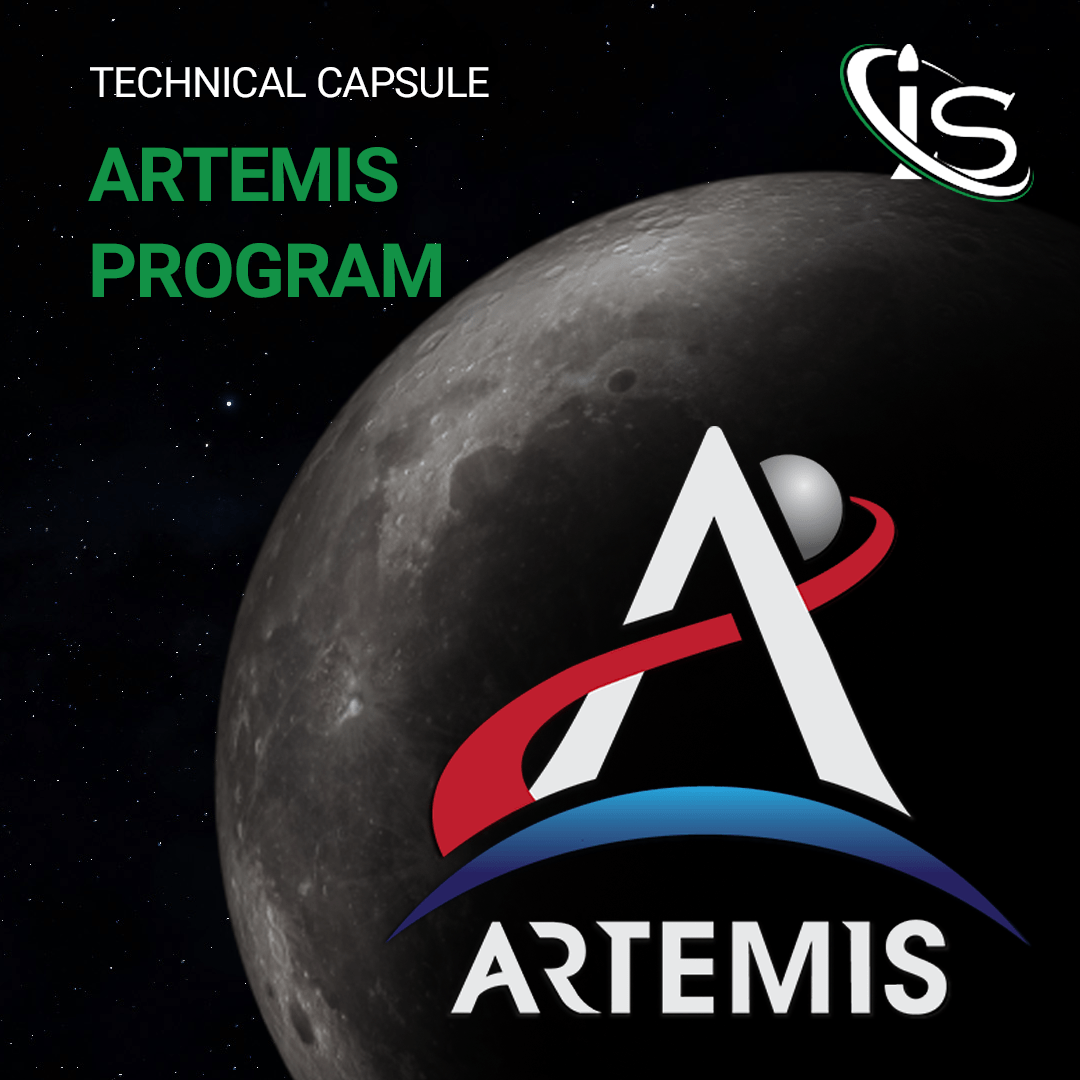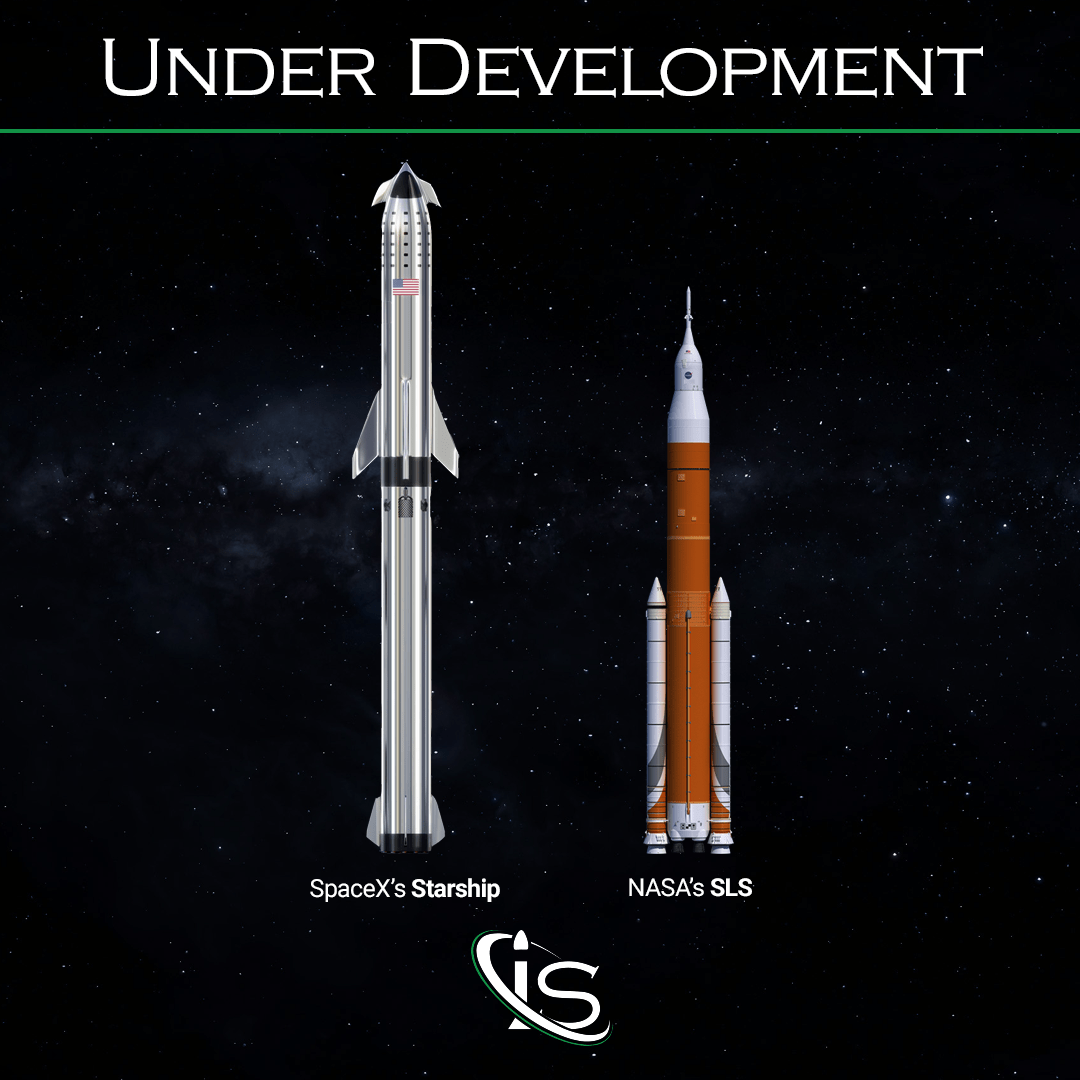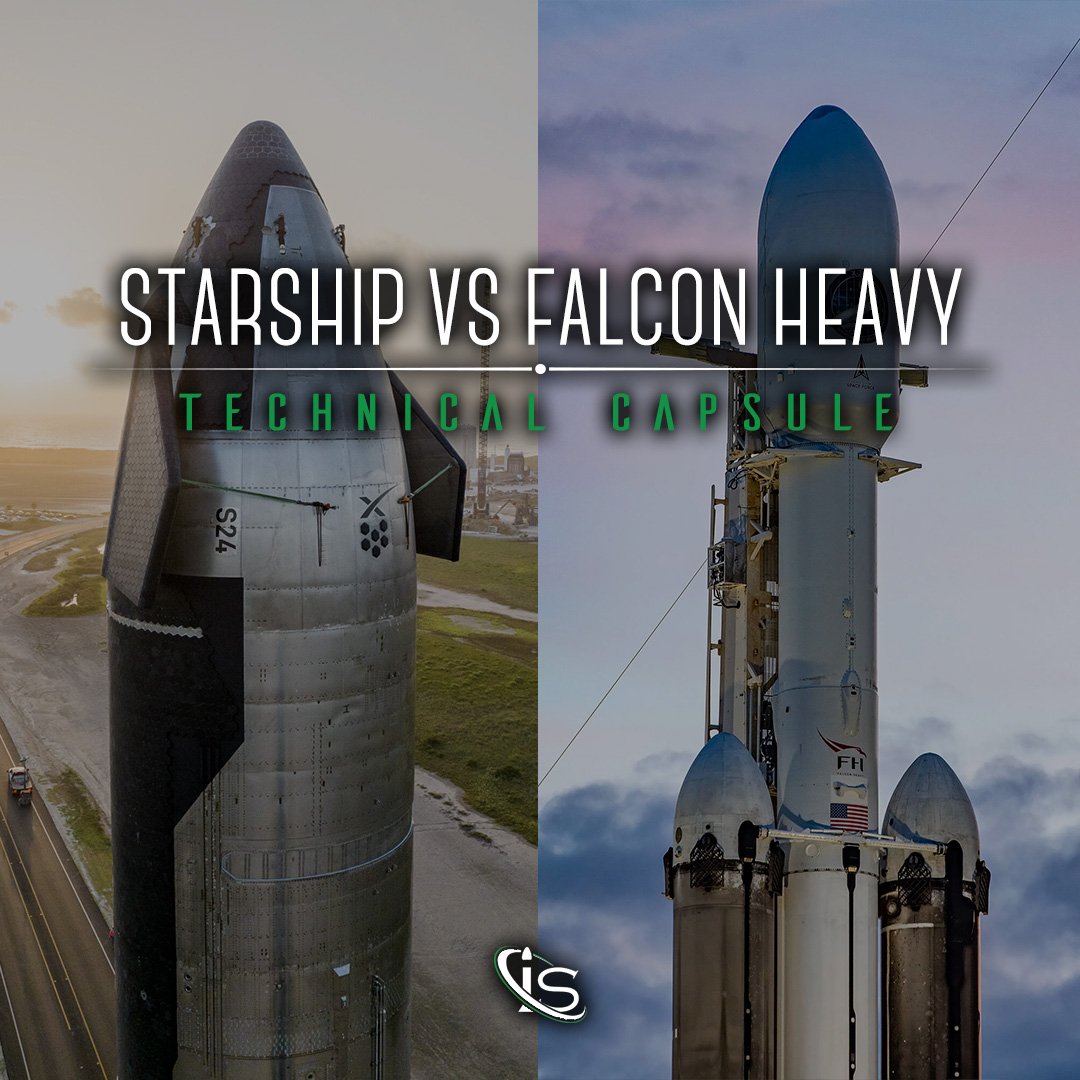Welcome, everyone, to another science capsule. This time we will be exploring the world of human spaceflight. From the past missions that defined much of the space race to the future programs we can look forward to, there is much to discuss. As this is a very broad topic, we will be doing a cursory overview of said programs. However, if there is a specific one you would like to see covered more in depth, let us know in the chat box.
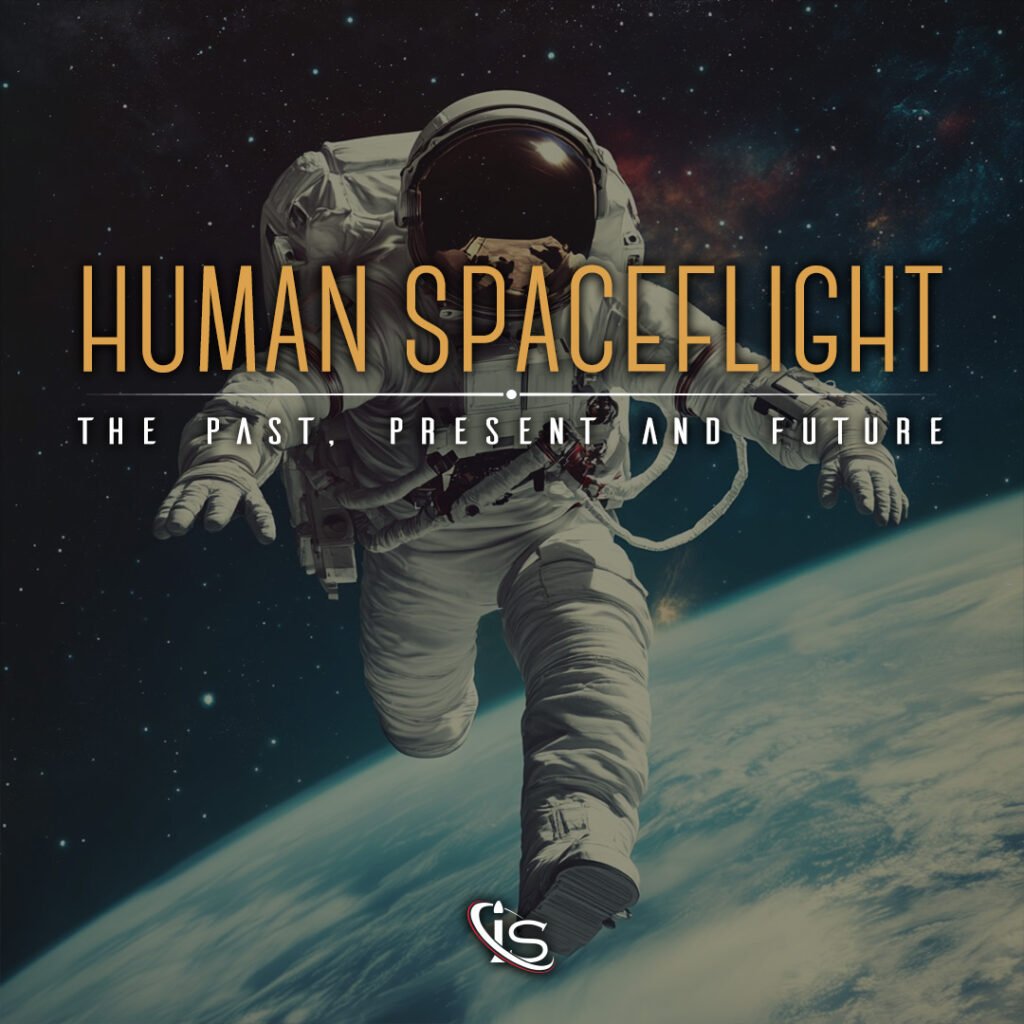
The Past
Starting off with the origins of human spaceflight, and it wouldn’t make sense to begin anywhere but with the first man to go to space Yuri Gagarin. Launching aboard Vostok 1 on April 12th, 1961, Gagarin instantly made history with this incredible achievement. Of course, not to be outdone by their Soviet competitors, the United States would soon follow suit with their first ever astronaut, Alan Shepard. Less than one month after his cosmonaut counterpart, Shepard launched into space aboard Freedom 7 on May 5th, 1961. And his exploits in space did not stop there. In fact, in 1971, Alan Shepard became one of the select few who can say they have walked on the Moon. Which leads us nicely to the next set of missions.
When talking about human spaceflight, it would basically be a crime to omit the Apollo missions. Not only did this program land man on the Moon for the very first time, but it is still the only one to have done so. Although that might all be changing soon. Regardless, the historic importance of this program cannot be overstated, meaning we couldn’t fail to mention it here.
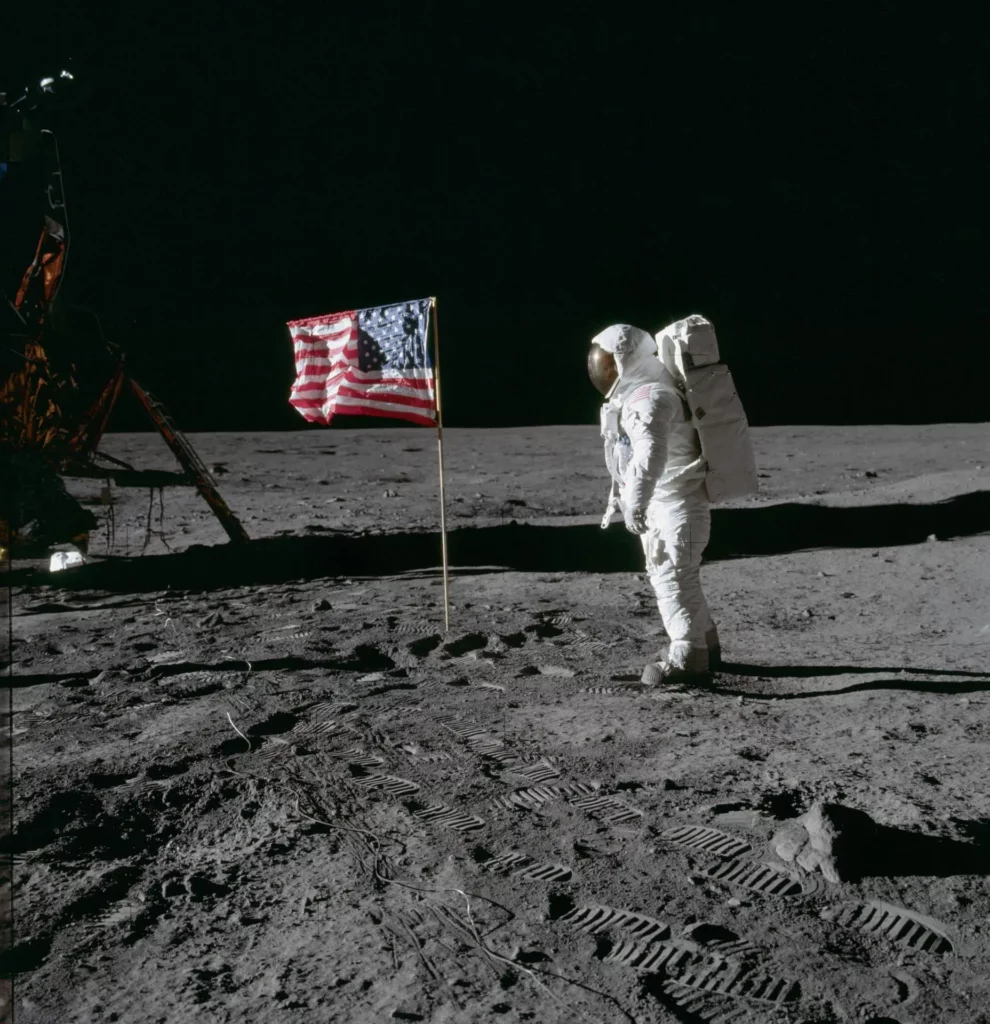
Finally, one last past program that deserves to be highlighted is the Space Shuttle one. Spanning three decades, from 1981 to 2011, the Space Shuttle missions were a staple of human spaceflight throughout their run. Not only that, but the innovation brought about by building the first ever reusable spacecraft is another key feature of this program that cannot be forgotten. But now, it is time to move on to the currently ongoing human spaceflight missions.
The Present
Russia and China’s Current Human Spaceflight Programs
Once again, it is time to start things off with Russia, as they have the current oldest ongoing human spaceflight program. That being the Soyuz program. Launched aboard the titular Soyuz vehicles, these missions have been ongoing since 1967. The total number of missions in this program to date is a staggering 149. This program was also the only way for humans to get to the International Space Station from the end of the Space Shuttle to the inception of the Crew Dragon — which we will discuss shortly.
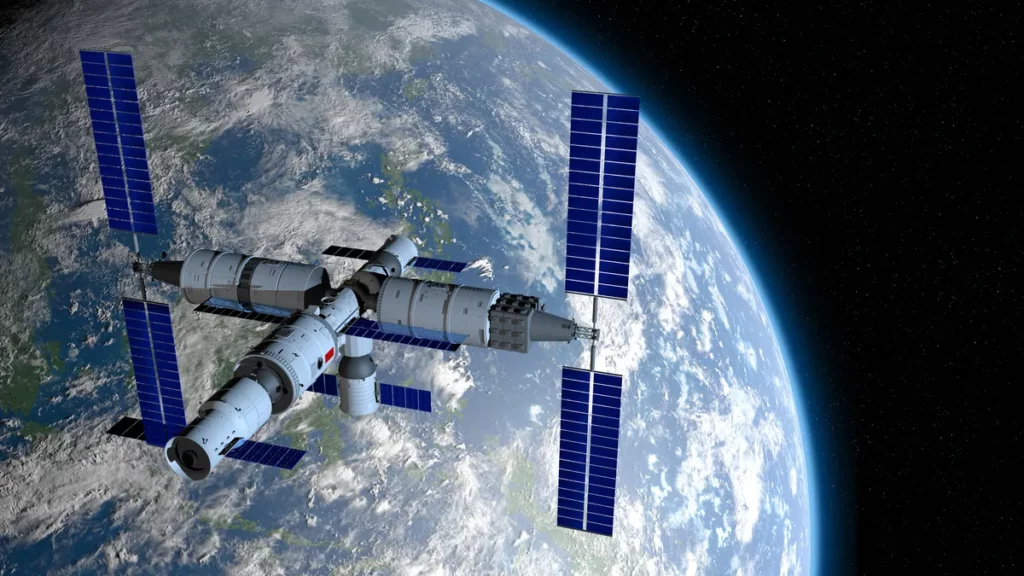
Moving a little to the East — or South, depending on which part of Russia we’re discussing — we have the China Manned Space Program. With its first crewed spaceflight occurring in 2003, this set of missions has been crucial for China’s Tiangong Space Station. In fact, the development of said station marked the completion of the objectives the program had set out to accomplish.
The United States’ Current Human Spaceflight Programs
Next up chronologically in terms of start date, we have the SpaceShipTwo program. Operated by Virgin Galactic and manufactured by California’s The Spaceship Company, these missions are centered around space tourism. Even though the first spacecraft, VSS Enterprise broke up during a test flight, never making it to the crewed phase, the same is not true of its successor, VSS Unity. In fact, VSS Unity had its first operational flight with non-Virgin Galactic employee passengers in 2023. Let’s keep an eye on SpaceShipTwo to see what the future has in store for it.
It is now time to discuss a program that we alluded to before, SpaceX’s Crew Dragon. With its first launch in 2020, Crew Dragon’s primary role is transporting crews to and from the ISS. This is part of NASA’s Commercial Crew Program, which leverages commercial transportation to get to the space station. Not only that, but Crew Dragon has proven to be the most cost-effective spacecraft ever used by NASA. Crew Dragon is also involved with private spaceflight missions.
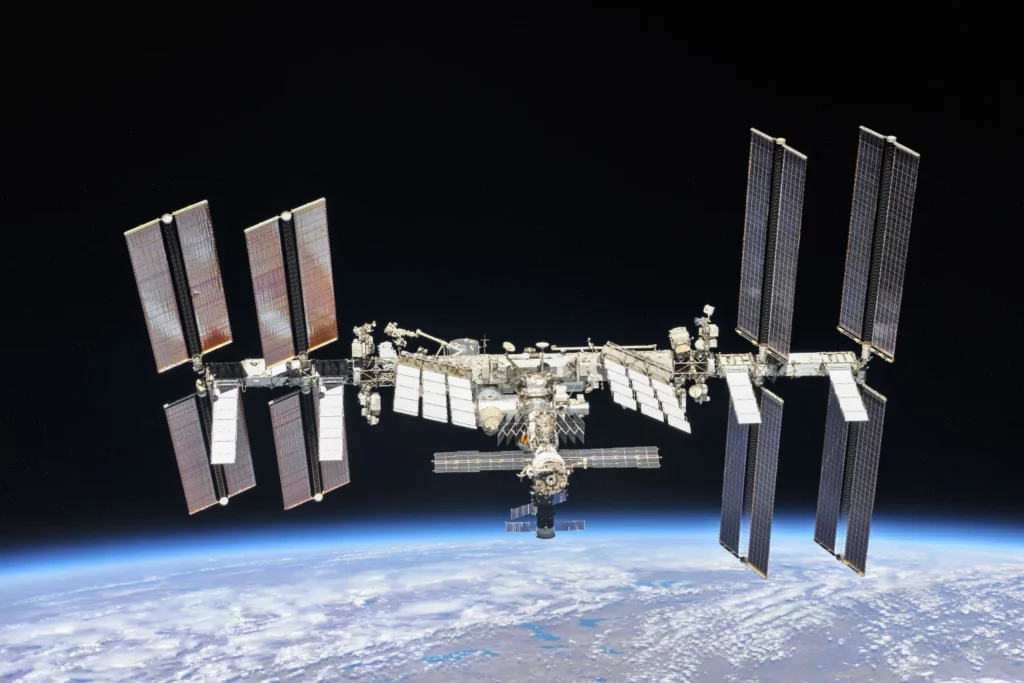
Another thing to note is that it is joined in the transport of crews to the ISS by Starliner. However, due to the recent problems encountered by that spacecraft, Dragon was selected as the replacement to bring Starliner’s crew back to Earth, something which will happen early next year.
Rounding up the current US human spaceflight programs we have New Shepard. The vehicle is aptly named after Alan Shepard, who we discussed previously, and can host crews of up to 6 people. Its first launch was in 2021, marking New Shepard’s 16th flight overall. Much like Virgin Galactic, a big focus for New Shepard is space tourism, with paying passengers flying aboard as early as its second crewed flight.
Axiom and Polaris
The final two current human spaceflight programs I’d like to discuss are Axiom Space and Polaris. Starting with Axiom, they focus on operating missions to and from the ISS aboard Dragon. Not only that, but these are private missions, something previously unheard of for the space station. Their ambitions do not end there, however, as they are also developing the first ever commercial space station, the Axiom Station. So far, there have been three missions, so let’s keep an eye on them to see how things develop.
Polaris, on the other hand, is tied to SpaceX’s other human spaceflight spacecraft, Starship — which we will discuss more, momentarily. With three missions planned — one of which has just begun — Polaris aims to help usher in a new era of spaceflight. The first mission is Polaris Dawn, and it just took off from the Kennedy Space Center earlier this week, on September 10th. Part of the mission is a spacewalk and scientific research focused on human health. Specifically deepening our understanding of human health for long-duration spaceflights. Not only that, but with the flight being another private one, the spacewalk completed marked the first ever done by civilians. Like I said before, this program is also tied to Starship. And that is because the culmination of these missions will be Starship’s first ever crewed flight. So, let’s make sure to keep an eye on Polaris, as well.
The Future
Let’s now look at some of the most important programs for human spaceflight coming up in the near future. There really is only one way to go when it comes to the future of human spaceflight. Or rather, two ways: NASA’s Artemis program and SpaceX’s Starship. Both of these are currently ongoing; however, they are still not at the crewed mission stage.
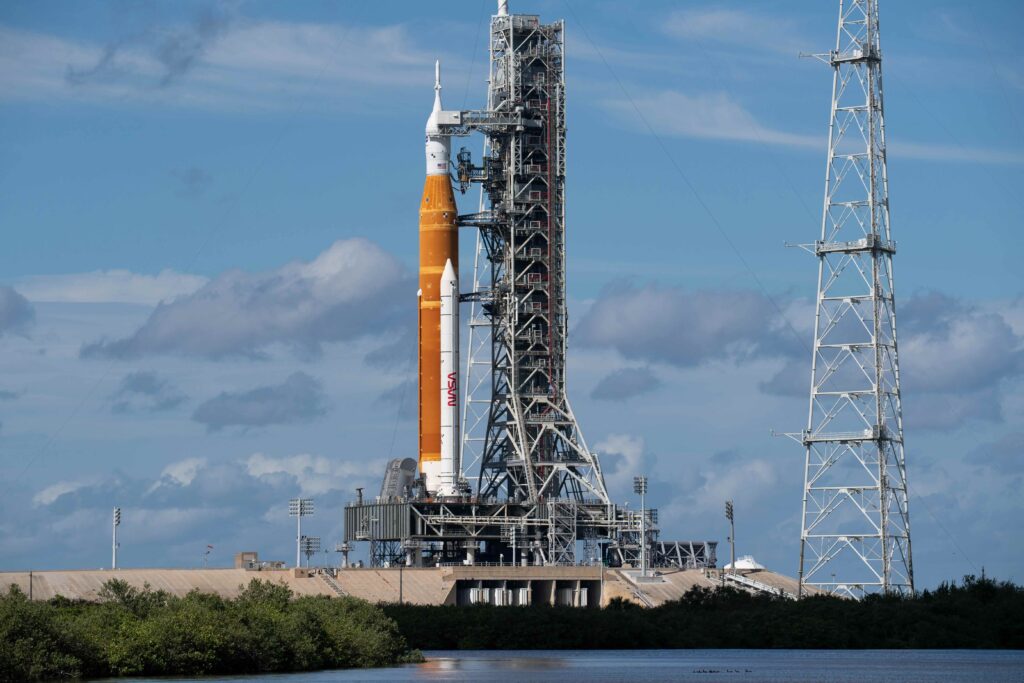
Artemis is NASA’s program to get man back on the Moon. With the first uncrewed flight test around the Moon, Artemis I, having been successfully completed, all eyes are on Artemis II. This will be the first crewed flight test of the SLS and Orion and is currently scheduled for no earlier than September 2025. Part of Artemis’s goals are also tied to establishing a long-term human presence on another celestial body, so as to facilitate human missions to Mars. And speaking of Mars.
SpaceX’s Starship program, which should see its fifth flight test later this month, is all about getting to the red planet. With a vehicle that is both fully reusable — or will be when all the flight tests are done — and the most powerful to ever fly, Starship will be another key figure in the future of space travel. Both programs have much more to them than what we have presented here, of course. And that is why we will continue covering them as the future unfolds. In fact, there might be a capsule on one of them coming up in the near future. So make sure to stay tuned for that.
I also would like to highlight ISRO’s Indian Human Spaceflight Program. If successful, this would see India become only the fourth ever country to have independent human spaceflight.
Until Next Time
But with that, we have come to the end of another capsule. Once again, given the nature of the topic, I could not go as in depth as these incredible programs deserve. I also did not include every possible future program. Instead I chose to focus on the ones with the most concrete plans. Still, I hope this capsule provided you with an insightful snapshot of human spaceflight throughout time. Make sure to follow Impulso on our social media pages to not miss our updates on these thrilling missions. See you all in the next capsule!
